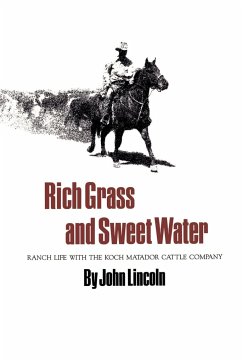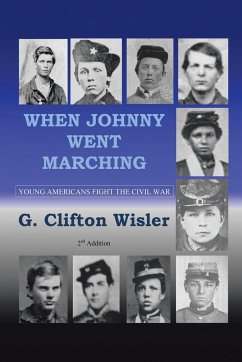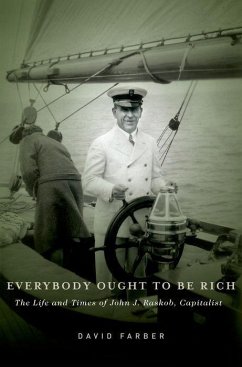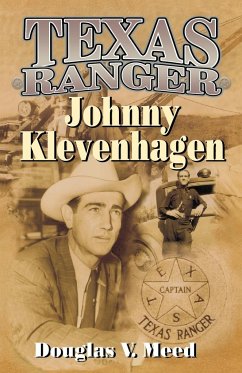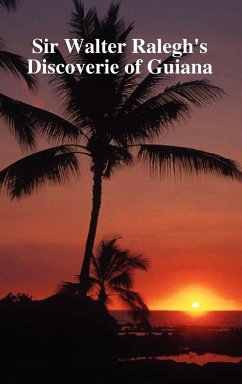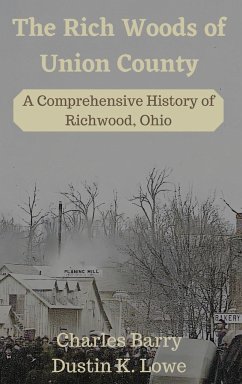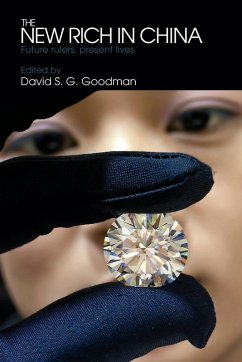
Johnny Appleseed in a Rich Land

PAYBACK Punkte
10 °P sammeln!
This book, Johnny Appleseed in a Rich Land, explores the original testimony and memories of the early settlers of Richland County, Ohio, who considered themselves neighbors and friends ofJohn Chapman, a living, breathing personwho became known as Johnny Appleseed.The problem is not so much that too little has been written about him but that too much has been written - layer after layer, generation after generation, fantasy after fantasy. To find the truest picture of the man, the author looked for the people who knew him, who met him, and remembered him as accurately as they could. The purpose...
This book, Johnny Appleseed in a Rich Land, explores the original testimony and memories of the early settlers of Richland County, Ohio, who considered themselves neighbors and friends ofJohn Chapman, a living, breathing personwho became known as Johnny Appleseed.The problem is not so much that too little has been written about him but that too much has been written - layer after layer, generation after generation, fantasy after fantasy. To find the truest picture of the man, the author looked for the people who knew him, who met him, and remembered him as accurately as they could. The purpose of this book is to present the lost stories and the best storytellers in order to discover the truth. Sometimes old, stale history yields new, fresh information to those with the patience to look, like Ohio historian, D. W. Garber, whose search after the truth and knowledge of local history inspired this book.After much research, author Peggy Welch Mershon discovered an interesting whole rather than layers of stale stories told and retold and changed. This book contains some fresh, good information straight, if not from Heaven, then from Johnny's real, truthful friends. The people of Richland County, Ohio, lived beside John Chapman from the minute they settled the area, around 1808 until he refocused his efforts of planting appleseeds and spreading the religious teachings of Emanuel Swedenborg to Indiana in the late 1830s. They saw him walking down the streets of Mansfield, welcomed him to their cabins, listened to his stories, saw him sleeping by their hearths, and most called him fondly "Uncle Johnny" even though he had chosen a life much different than their own. This book tells their stories about the man who came to be called Johnny Appleseed and thus reveals a very close-up picture of a neighbor who would later be turned, by people who never met him, into a legend. This book for the first time reprints two "lost" newspaper articles from 1839 and 1840, the first found to incorporate him as a character called "the Swedenberger." It includes stories by Rosella Rice, a national author who was the third generation of her family to know Chapman well. Additional stories, long out of print, by other Richland County pioneers and the first picture drawn of Johnny Appleseed by a person who had met him are also included. When readers finish this book, they may not know how many nurseries he was said to have planted, or whether a pot on his head was his regular dress, but they will feel that they actually knew him, as a person, much like the pioneers of Richland County.






